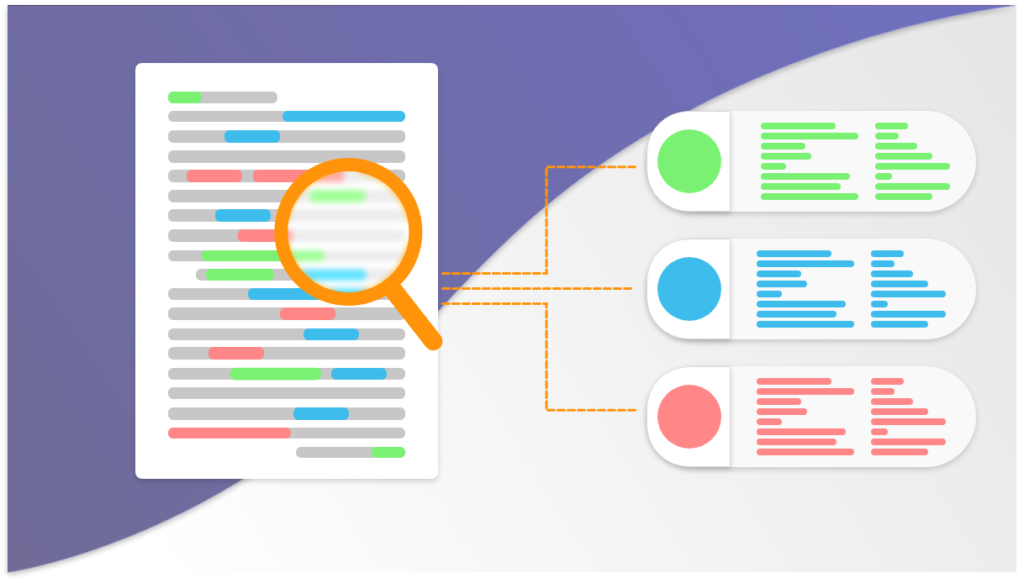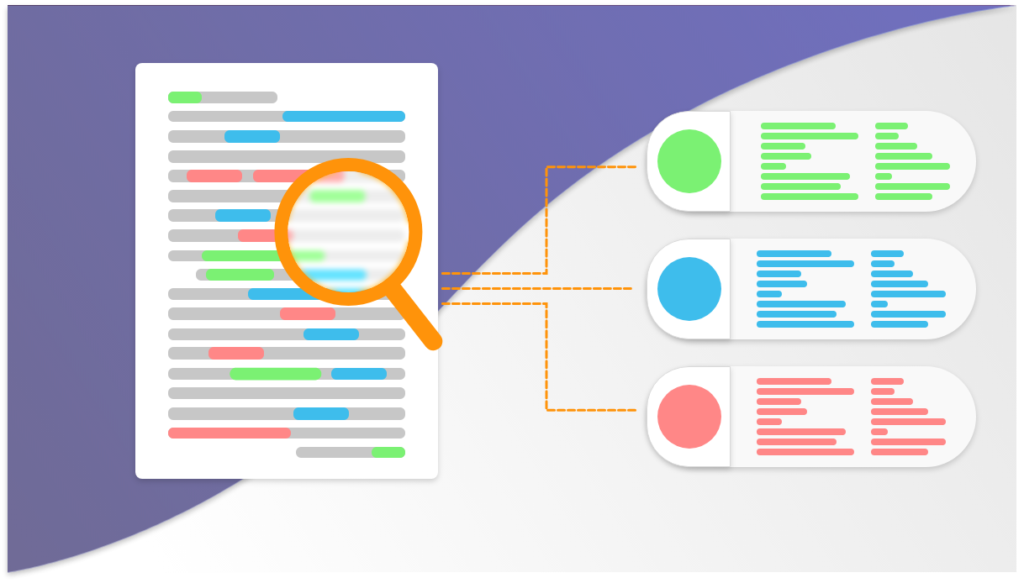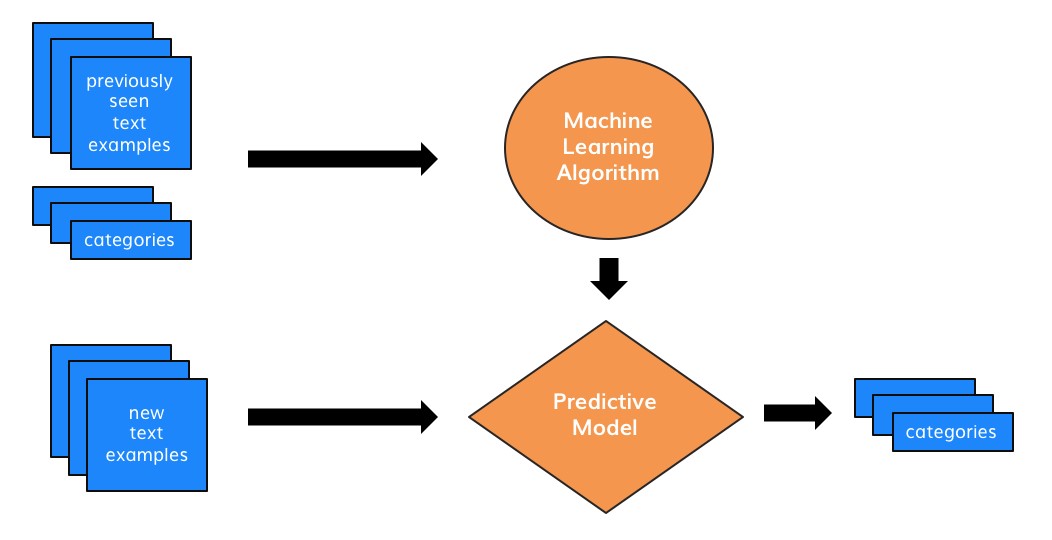
Text Classification
Text Classification: A Comprehensive Guide
Text Classification, in its simplest form, is the process of automatically categorizing text into predefined categories.
This crucial task underlies many applications, from spam filtering to sentiment analysis, and has become an indispensable part of modern data processing.
This comprehensive guide will delve deep into the world of Text Classification, explaining the core concepts, methodologies, and practical implementations.
Understanding the Fundamentals of Text Classification
What is Text Classification?
Text Classification, often referred to as text categorization, is a significant branch of Natural Language Processing (NLP).
It aims to automate the assignment of predefined categories to unstructured text data.
Think about how email providers automatically classify messages into “Promotions,” “Social,” or “Spam.
” That’s Text Classification in action.
Key Concepts and Terminology
This section explores critical aspects of Text Classification.
Common terms like “training data,” “features,” “algorithms,” “precision,” and “recall” will be elucidated.
A crucial aspect of Text Classification is ensuring your data represents the specific needs of your text classification project.
How Text Classification Works: A Simplified Overview
Text Classification leverages algorithms that learn patterns from labeled examples (training data) to classify unseen data.
The fundamental stages include: data collection, preprocessing, feature extraction, model training, and evaluation.
This understanding forms the backbone of how to design and manage effective text classification processes.
Text Classification is a vital aspect of analyzing user feedback and customer reviews for brands.
Effective text classification processes can drive significant business improvements through better data-driven decision-making.
Text Classification works in much the same way any Machine Learning problem functions.
How to Approach Different Types of Text Classification Tasks

Source: embedded-robotics.com
Sentiment Analysis: Capturing Public Opinion
Sentiment Analysis is a specific application of Text Classification where the aim is to discern the emotional tone of text.
Positive, negative, or neutral sentiment can be determined.
Spam Filtering: Keeping Your Inbox Clean
Spam filtering is another quintessential use of Text Classification.
Identifying and flagging spam messages in email accounts demonstrates how practical text classification solutions are.
Text Classification Methods Explained
Supervised Learning Techniques: Learning from Labeled Data

Source: geeksforgeeks.org
This approach relies heavily on labeled training data, enabling the algorithms to map specific texts to predefined categories.
The effectiveness of a Supervised learning text classification algorithm depends on the quality of the data used for training the model.
Unsupervised Learning Techniques: Discovering Hidden Categories
Unsupervised methods try to find inherent structure within unlabeled text data and automatically group texts into clusters without predefined categories.

Source: getthematic.com
Deep Learning Techniques: The Power of Neural Networks
Deep Learning models have achieved impressive results in Text Classification tasks, employing neural networks to capture intricate patterns and dependencies in text.
Understanding deep learning approaches is vital to mastering text classification solutions.
Successful deep learning techniques within Text Classification create an intricate system where textual meaning can be evaluated.
Practical Applications of Text Classification
Information Retrieval and Organization
Classifying documents into relevant categories like “business” or “finance” improves efficiency.
It is central to making textual data actionable for the information processing industry.
Text classification serves to aid the user, regardless of the source data’s scale or diversity, ensuring that a massive data set is easily searchable.
Text Classification directly enhances user experience and information retrieval tasks.
Customer Service Automation
Categorizing customer support emails allows automated responses and targeted resolutions.
Businesses are using Text Classification to dramatically reduce customer service costs through efficiency.
Text Classification offers streamlined customer interactions with fewer interruptions.
Text Classification, with specific tools in machine learning, aids these projects significantly.
Choosing the Right Text Classification Algorithm
Evaluating Performance Metrics
Precision, recall, and F1-score are crucial metrics for evaluating a model’s accuracy and efficiency in identifying the correct category for text samples.
Considerations When Evaluating Your Model
Specific text characteristics will affect text classification models differently; certain approaches are suited better for shorter-form social media updates than lengthy articles.
Using appropriate and relevant benchmarks when analyzing the performance of Text Classification models enhances its viability.
Data Preparation for Text Classification Models
Data Preprocessing Techniques: Transforming Raw Text
Turning raw text into a usable format for Text Classification.
This process significantly affects the model’s efficacy and reliability.
Text Classification procedures necessitate a methodical data preparation process to derive insights and trends.
This will ensure efficient and correct execution.
Feature Extraction Techniques: From Text to Data
Turning textual information into numerical features.
The Future of Text Classification

Source: hdm-stuttgart.de
Advancements and Trends in NLP
Natural Language Processing is constantly evolving, introducing new advancements and potential to drive further improvements in text classification applications.
Text Classification benefits from continual advancements in technology and approaches.
Ethical Considerations in Text Classification
Potential biases in data sets used for text classification must be mitigated, as this issue could cause errors and disparities in classifying certain textual information.
Ethical implications associated with automated text classification will shape its role within organizations, businesses, and public institutions.
Conclusion
This article has served to demonstrate the critical role of Text Classification, highlighting its diverse applications in various sectors, from sentiment analysis to email filtering.
Understanding these processes can prove highly effective, aiding organizations across various industry types, resulting in effective and well-reasoned decisions for future endeavors.
This wide-ranging survey explores various Text Classification aspects to solidify your knowledge.
From practical methodologies and methodologies to technical analyses and applications, mastering Text Classification equips users to handle various facets.
The practical implementations showcase the importance of mastering different stages within this significant branch of Machine Learning, thereby creating impactful applications within the broader ecosystem.
Text Classification stands to revolutionize how organizations interpret data.
Remember, efficient Text Classification relies on strong model evaluation methods to properly predict and categorize textual information for improved analysis.
By combining in-depth knowledge with pragmatic applications, readers gain comprehensive insights into Text Classification’s far-reaching capabilities and how it directly affects many essential tools and processes within countless fields today.
Mastering the diverse methods will be paramount for all users, and effectively tackling Text Classification solutions will enable improved accuracy in data insights, allowing for far greater impacts within the industry and overall business efficiency.